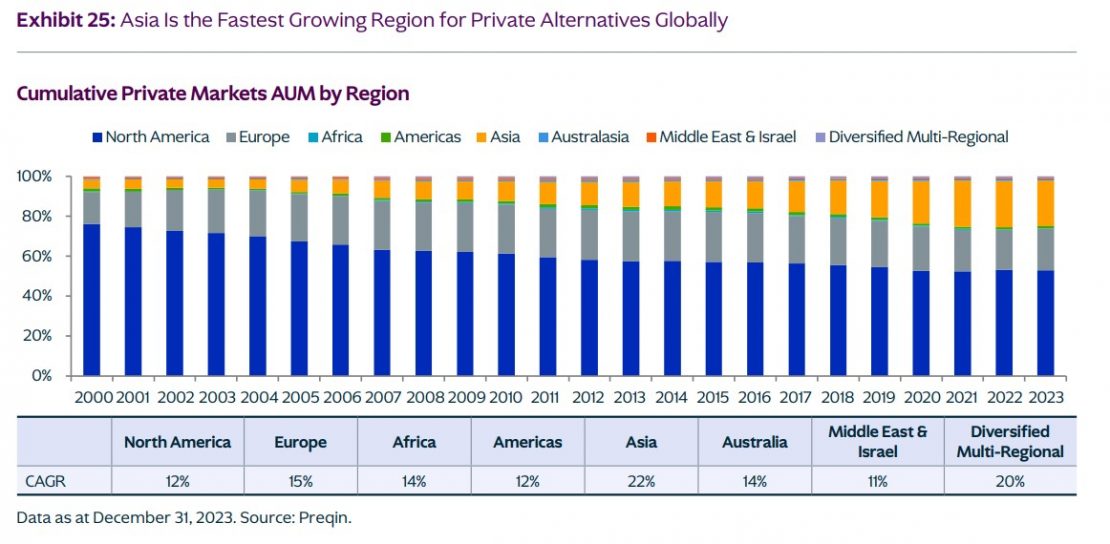Why Should the West and the Rest of the World Pay More Attention to the BRICS?
| For Amaya Uriarte | 0 Comentarios

From October 22 to 24, the official summit of the so-called BRICS was held in Kazan, Russia. The summit made its main intention clear: to change the world order in favor of the Global South, represented by the BRICS. According to Alicia García Herrero, Chief Economist for Asia Pacific at Natixis CIB, the outcome of this meeting was summarized in a twelve-point statement that resonates as anti-Western rhetoric in a new Cold War.
“Much of this, of course, stems from Russian President Vladimir Putin’s grievances against the West. However, Putin, who increasingly relies on China to continue his war in Ukraine, cannot push the BRICS toward a more confrontational stance without the consent of Chinese President Xi Jinping,” explains Alicia García.
According to the report prepared by this Natixis CIB expert, China is clearly behind the expansion of BRICS. In addition to Brazil, China, India, Russia, and South Africa, the group has added Egypt, Ethiopia, Iran, and the United Arab Emirates. Another 13 countries have become associated nations (Algeria, Belarus, Bolivia, Cuba, Indonesia, Kazakhstan, Malaysia, Nigeria, Thailand, Turkey, Uganda, Uzbekistan, and Vietnam). Natixis CIB has explained that China’s role as the “first among equals” in BRICS could turn the group into a subgroup of Xi’s Belt and Road Initiative.
“The Kazan statement advocates for a multipolar world, but its concept of multipolarity directly opposes the West in several significant ways. The statement appropriates the same concepts supported by liberal democracies, such as cooperation and respect for international law, including nuclear non-proliferation. This contrasts sharply with the political choices of many BRICS regimes, particularly Putin’s aggression in Ukraine and his threat to use nuclear weapons. Moreover, the Kazan statement criticizes the West for not living up to its own values,” emphasizes the expert in her report.
Another important point in the Kazan statement for García is the high regard given to the United Nations, especially in terms of its centrality to cooperation between sovereign states for achieving peace and international security. However, this support for the UN comes with a strong push for reform to better represent the interests of the Global South, as Alicia García highlights in her report.
“Finally, the Kazan statement also seeks to redesign the international monetary system through reform of multilateral institutions such as the International Monetary Fund and the World Bank, supporting non-Western institutional alternatives to these bodies, such as the New Development Bank, and promoting the end of the U.S. dollar’s preeminent role,” she adds.
Regarding de-dollarization, which was introduced at the 2023 BRICS summit in South Africa, additional steps have been taken, but the Kazan statement did not go as far as Putin may have expected. This is explained in the Natixis CIB report: “The BRICS Clear structure, a cross-border settlement and deposit system designed to trade securities without the need for dollar conversions, using blockchain technology and digital tokens backed by local currencies, was not agreed upon. This is not surprising, as some BRICS members, particularly the United Arab Emirates, are still tied to the dollar, and many fear that the push would primarily favor the use of the renminbi and, to a lesser extent, other local currencies.”
Nevertheless, García’s conclusions point out that the push by Russia and China, the two potential beneficiaries of a de-dollarization effort, whether to avoid sanctions and/or internationalize their currencies, was acknowledged in the Kazan statement, with an agreement to conduct a feasibility analysis of BRICS Clear. “A BRICS Contingent Reserve Agreement was also included in the statement, aimed at including eligible BRICS alternative currencies in existing swap lines between BRICS countries. It is worth noting that most of these swap lines have been extended by the People’s Bank of China, thus using the renminbi as a vehicle currency against each local currency. This further demonstrates how BRICS is evolving into a model with China at the center,” she points out.
Lastly, according to the report, to support the use of local currencies in financial transactions between BRICS countries, a new BRICS Interbank Cooperation Mechanism will be developed. How this mechanism can promote the use of local currencies without reaching the BRICS Clear system is yet to be explored.
In summary, the conclusion of this expert points out that the West and the rest of the world should pay more attention to BRICS, not only because it is growing in size but also because it is evolving into an anti-Western bloc with the firm intention of changing the global order. “China’s dominance over the group, with Putin’s active support, makes it even more urgent for the West to observe and react, offering a better proposal to the countries of the Global South,” concludes García in her report.













